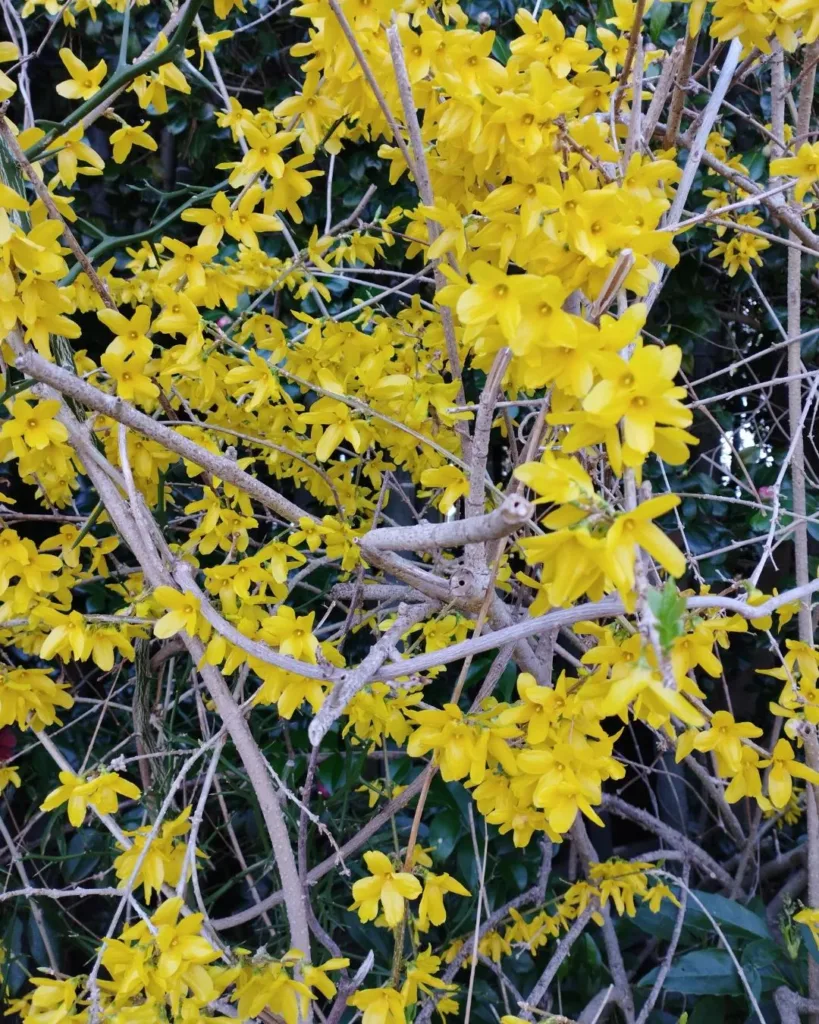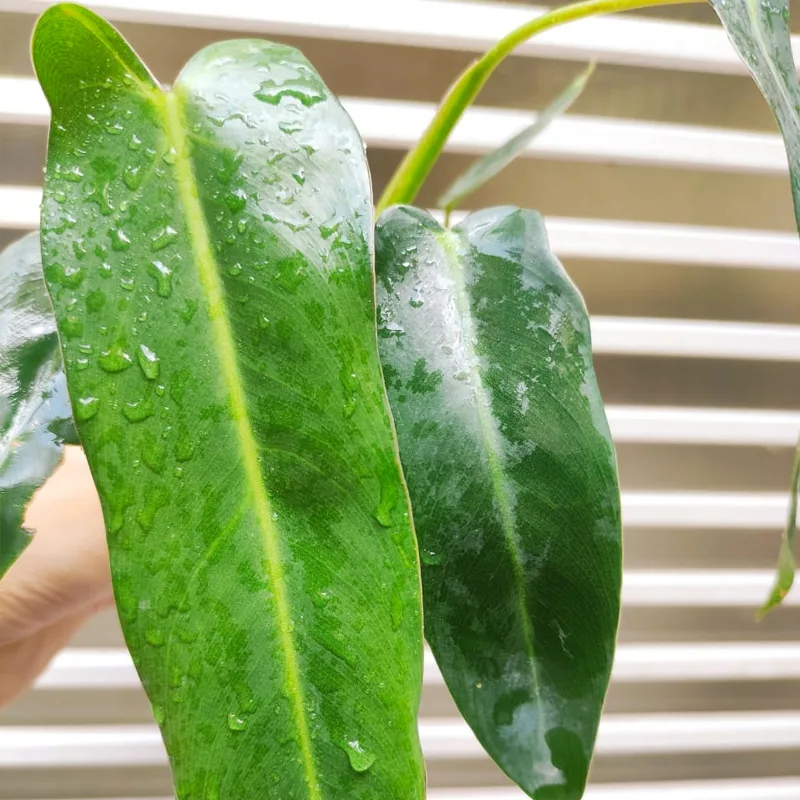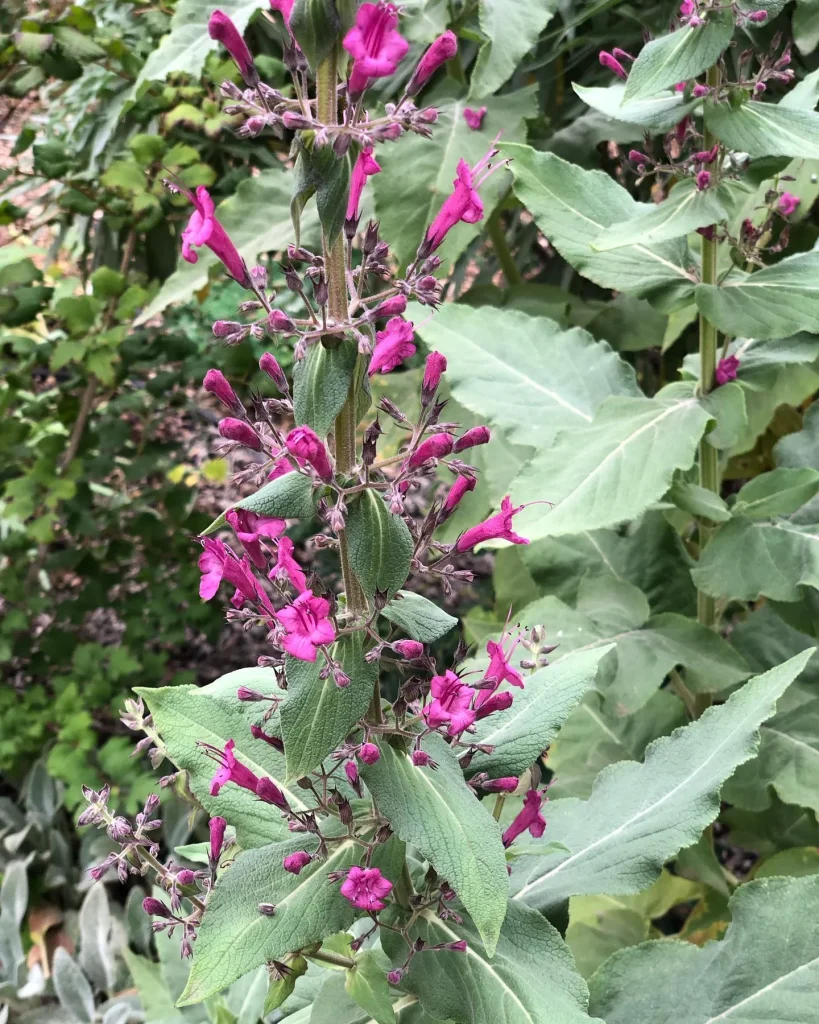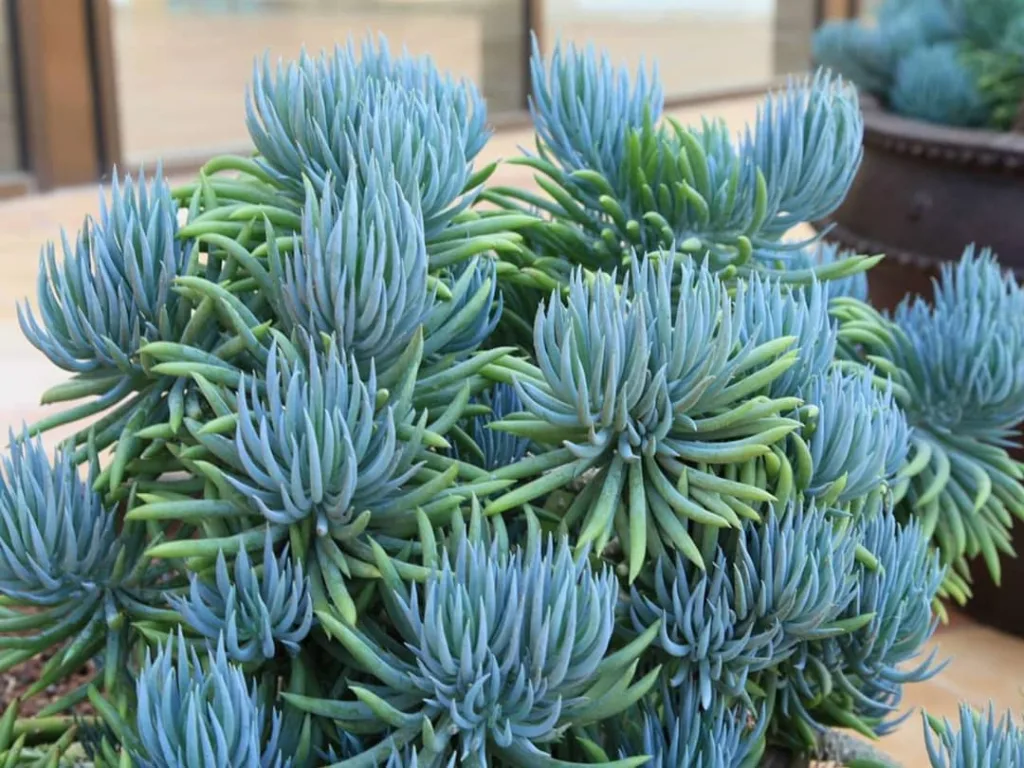
What does an African iris look like?
African irises are stunning plants with elegant, sword-like leaves that fan out from a central point, creating a graceful and architectural appearance. Their flowers are absolutely breathtaking, boasting vibrant hues ranging from deep purples and blues to delicate whites and yellows, with intricate markings and patterns adorning their petals. These blooms are held aloft on sturdy stems, swaying gently in the breeze, adding a touch of exotic beauty to any garden landscape. Their overall look is both striking and sophisticated, making them a favorite among gardeners seeking to add a touch of drama and flair to their outdoor spaces.
African Iris vs Butterfly Iris
The African Iris has been a resilient addition to my garden, its sturdy foliage and delicate white blooms adding a touch of elegance. In contrast, the Butterfly Iris captivated me with its vibrant colors and intricate patterns, making it a standout choice for adding bursts of vivid hues to my garden beds.
Are African iris poisonous to dogs?
As much as I adore my African irises, I do have to exercise caution when it comes to my furry friends. While these plants aren’t typically considered highly toxic to dogs, they can still cause some gastrointestinal upset if ingested in large quantities. As a responsible pet owner, I always make sure to keep a close eye on my pups when they’re out in the yard, especially around my beloved African irises. Prevention is key, so I try to discourage them from nibbling on any of the foliage just to be safe.
Do deer eat African iris?
One of the perks of growing African irises is that they’re not particularly appealing to deer, at least in my experience. While deer have been known to munch on a wide variety of plants in search of a tasty meal, they seem to pass over my African irises without a second glance. This is a huge relief for me, as deer can wreak havoc on a garden, leaving destruction in their wake. With my African irises, however, I can breathe a sigh of relief knowing that they’re unlikely to become a deer’s next snack.
How big do African iris get?
In terms of size, African irises can vary depending on the specific cultivar and growing conditions, but they generally reach heights of around 2 to 3 feet tall, with a similar spread. This compact size makes them ideal for planting in borders, mass plantings, or even as striking focal points in containers or raised beds. Their relatively modest dimensions also make them well-suited for smaller gardens or urban landscapes where space may be limited.
How to care for African iris?
Caring for African irises is relatively straightforward, but they do have some specific needs that should be addressed to ensure they thrive. These plants prefer well-draining soil and a sunny location, although they can tolerate partial shade. Regular watering is important, especially during periods of drought, but they don’t like to be waterlogged, so it’s crucial to strike the right balance. I also like to feed mine with a balanced fertilizer in the spring to encourage healthy growth and abundant blooms throughout the growing season.
How to deadhead African iris?
Deadheading African irises is a simple task that can help prolong the flowering period and keep the plants looking tidy. Once the blooms have faded, I simply use a pair of sharp scissors or pruning shears to snip off the spent flowers at the base of the stem. This not only encourages the plant to produce more blooms but also prevents the formation of seeds, which can divert energy away from flower production.
How to get African iris to bloom?
Getting African irises to bloom is largely a matter of providing them with the right growing conditions and proper care. As I mentioned earlier, they prefer a sunny location with well-draining soil and regular watering. Additionally, feeding them with a balanced fertilizer in the spring can help promote robust growth and abundant flowering. With a little patience and attention to detail, I’m always rewarded with a stunning display of colorful blooms that brighten up my garden year after year.
How to grow African iris from seed?
Growing African irises from seed can be a rewarding but somewhat challenging endeavor. These plants typically produce seeds after flowering, which can be collected and sown in trays or pots filled with a well-draining potting mix. It’s important to keep the soil consistently moist but not waterlogged, and to provide plenty of warmth and sunlight to encourage germination. Once the seedlings have developed several sets of true leaves, they can be carefully transplanted into their permanent growing location.
How to propagate African iris?
Propagating African irises is typically done through division, which involves separating the plant into smaller clumps and replanting them in new locations. This is best done in the spring or early summer when the plant is actively growing and can quickly establish itself in its new home. To divide African irises, I carefully dig up the entire plant and use a sharp knife or shovel to separate the clumps into smaller sections, making sure each division has plenty of roots attached. These new divisions can then be replanted immediately and watered thoroughly to help them settle in.
How to prune African iris?
Pruning African irises is generally not necessary, but it can help tidy up the plants and promote better air circulation, which can reduce the risk of disease. I typically remove any dead or yellowing foliage throughout the growing season, as well as any spent flower stalks once the blooms have faded. This not only keeps the plants looking neat and tidy but also helps redirect the plant’s energy into producing new growth and flowers.
How to thin out African iris?
Thinning out African irises can help prevent overcrowding and improve the overall health and appearance of the plants. I usually do this in the spring when the plants are just starting to emerge from dormancy. Using a sharp knife or shovel, I carefully dig up any overcrowded clumps and remove excess growth, making sure to leave plenty of space between the remaining plants. This allows for better air circulation and reduces the risk of disease, ultimately resulting in healthier, more vigorous plants.
What to plant with African iris?
African irises pair well with a wide variety of plants, thanks to their versatile nature and striking appearance. I like to plant them alongside other sun-loving perennials and annuals, such as daylilies, coneflowers, salvias, and ornamental grasses, to create colorful and dynamic garden beds. Their bold foliage and vibrant blooms provide a beautiful contrast to softer, more delicate plants, adding texture and visual interest to the landscape.
When do African iris bloom?
African irises typically bloom in late spring to early summer, although the exact timing can vary depending on factors such as climate and growing conditions. In my garden, I usually start to see the first blooms appear in late May or early June, with flowering continuing through the summer months. Their stunning flowers are a welcome sight after the long, dreary days of winter, and I always look forward to their arrival each year.
Will African iris grow in shade?
While African irises prefer full sun, they can tolerate partial shade, especially in hotter climates. In my experience, they tend to perform best with at least 6 to 8 hours of sunlight per day, although they can still thrive in shadier spots with slightly reduced blooming. I have a few planted in areas of my garden that receive dappled shade throughout the day, and they still manage to produce plenty of beautiful flowers despite the slightly reduced light levels.
Where to buy African iris?
When it comes to buying African irises, there are a few options available depending on your preferences and needs. Local nurseries and garden centers often carry a selection of African iris cultivars, especially in the spring and early summer when they’re in peak bloom. Alternatively, you can also purchase them online from reputable plant suppliers and specialty nurseries, which may offer a wider variety of cultivars to choose from. Regardless of where you buy them, be sure to select healthy, well-established plants with strong roots and vibrant foliage to ensure success in your garden.
If i die, water my plants!



